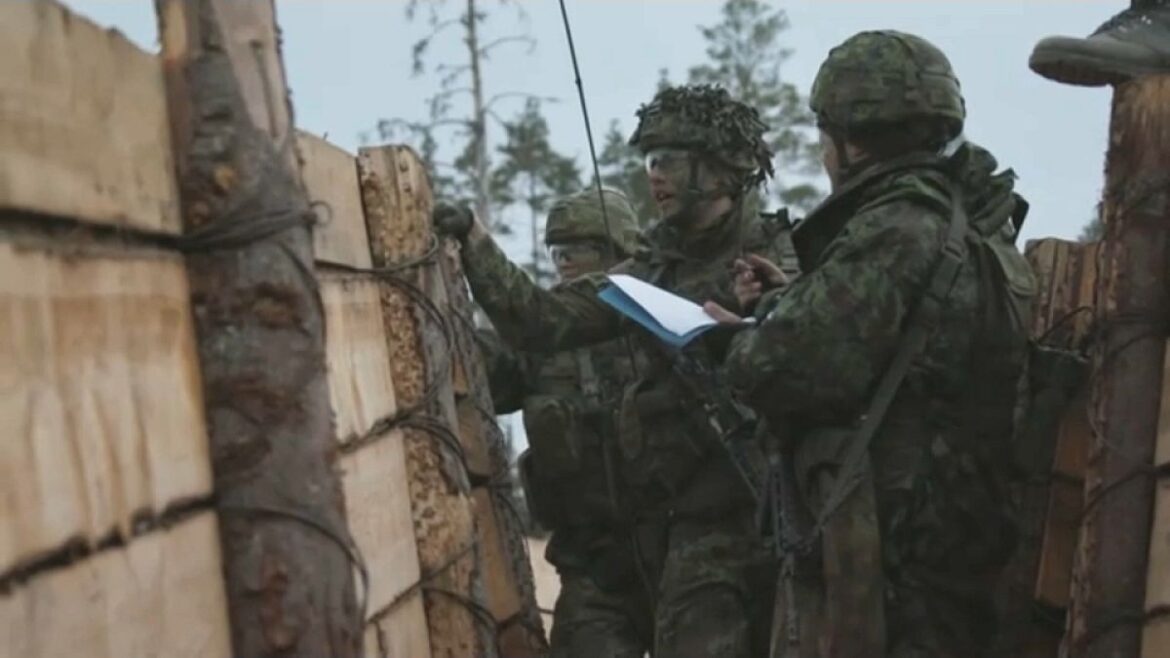Estonia, Latvia and Lithuania signed an agreement on Friday aimed at strengthening their defense along their shared border with Russia and Belarus. Objective: “to deter” and, if necessary, “to defend against military threats”.
Estonia, Latvia and Lithuania are strengthening their defense, looking towards the East. At the meeting of the Committee of Defense Ministers of the Baltic States, the defense ministers of Tallinn, Riga and Vilnius signed an agreement on strengthening the Baltic defense line on Friday to strengthen their eastern and southern border with Russia and Belarus.
The ministers believe that this will make it possible to significantly strengthen the ability of the Baltic states to protect their borders, which will make it possible to delay and block the movements of a possible adversary.
In order to deter and block any potential military aggression by the aggressor state against the Baltic States, it is planned to develop and deploy defensive devices on the external border of NATO and the European Union.
“Baltic Defense Line”
Estonia will build hundreds of bunkers on its border with Russia as part of new plans to create a “Baltic line of defense” to strengthen regional security. On Friday, an agreement was signed by the three Baltic states to build “defensive anti-mobility installations” in the years to come. These installations will be used to deter military threats and, if necessary, to defend against them.
According to the head of the Operations Department of the General Staff, Tarmo Kundla, no line of defense is impenetrable, but the Ukrainian experience shows that it is wiser to build concrete shelters and install them more sooner than starting to build them from earth and logs in a war situation.
The plans are based on decisions taken at the NATO summit in Madrid in 2023, which reaffirmed the need for members of the Atlantic Alliance to be ready to defend territory from the first meter. New regional defense plans must also be developed.
The construction process will be carried out in cooperation with local communities and with the agreement of landowners. The price of the defense installations is initially estimated at 60 million euros.
The first bunker will be completed in the first half of this year and the public will be able to view it in the second half.



